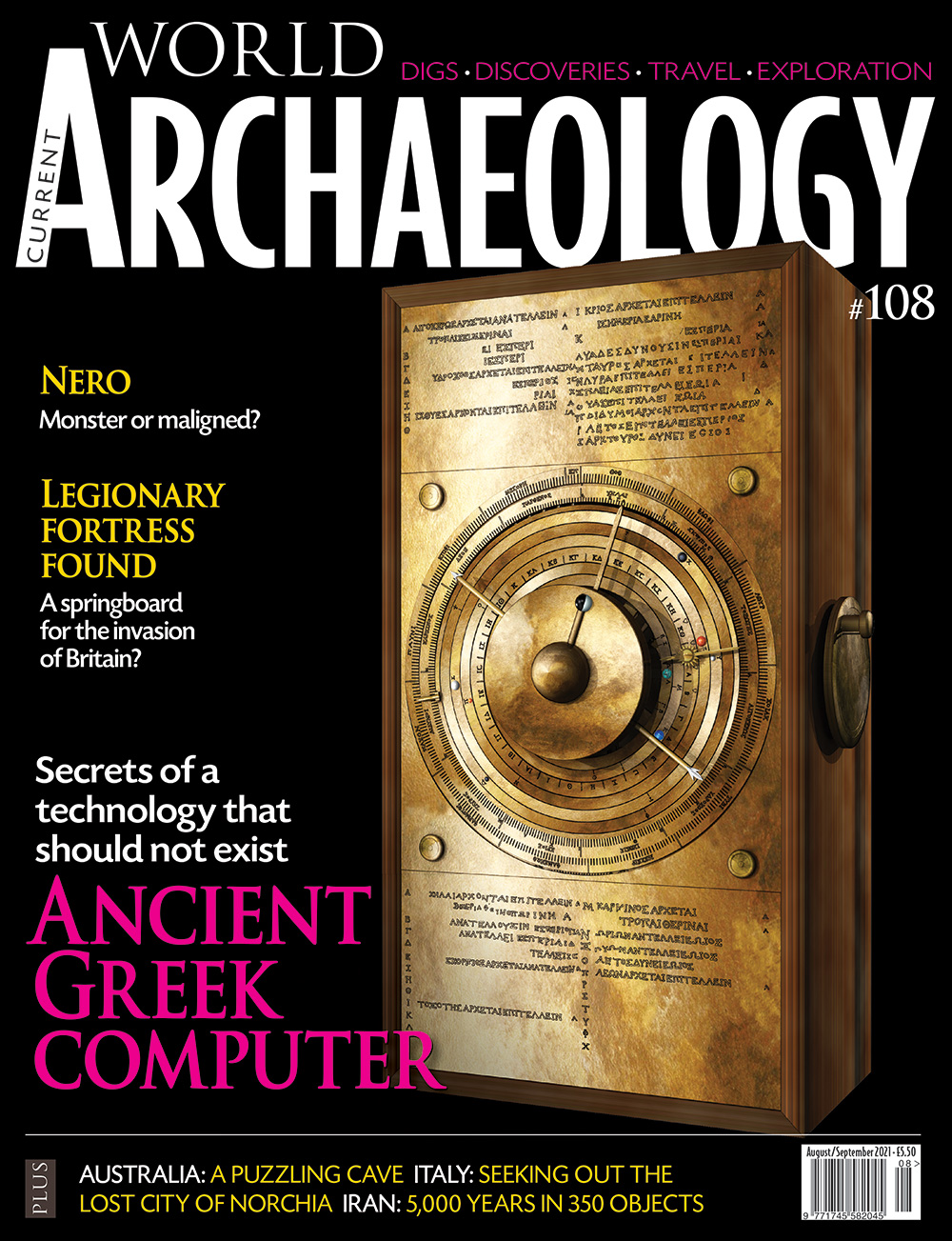Encounters with advanced technologies from ancient civilisations are usually the stuff of adventure fiction rather than archaeological research. When the chance discovery in 1900 of a shipwreck loaded with Greek treasures brought a real-life example of the genre, the technology in question was initially viewed as a nondescript lump of metal. But then that lump split apart to reveal gears that simply should not have existed in ancient Greece. Painstaking work has now revealed the internal workings of a mechanical computer, constructed with a level of sophistication that is startling to behold.
Recent work at Valkenburg, in the Netherlands, has also produced a surprise. Archaeologists seeking to understand some enigmatic ditches appear to have unearthed a massive Roman military base. Rethinking older finds in the light of fresh discoveries points to an installation designed to hold a legion, while the dates would fit with the fortification acting as a springboard for the emperor Claudius’ invasion of Britain.
Taking a new look at earlier work has paid dividends, too, at Cloggs Cave in Australia. Pioneering digging there half a century ago revealed traces of what appeared to be a temporary hunting camp. More recent excavations, in partnership with the GunaiKurnai Traditional Owners of the land and informed by their oral traditions, are casting the cave in a very different light, as a secluded retreat and place of magical supplies.
The Roman emperor Nero is undergoing reassessment as well: in a British Museum exhibition. Gone is the mass-murdering monster who infamously fiddled while Rome burned, to be replaced by a more nuanced figure whose reputation was dragged through the mud by hostile ancient historians. We examine the truth behind one of the most notorious leaders in history.
Finally, our travel section sees Richard Hodges journeying to the Etruscan site of Norchia. There, visitors exploring its canyons and tree-clad slopes can still imagine the sensation of stumbling across a lost city.

